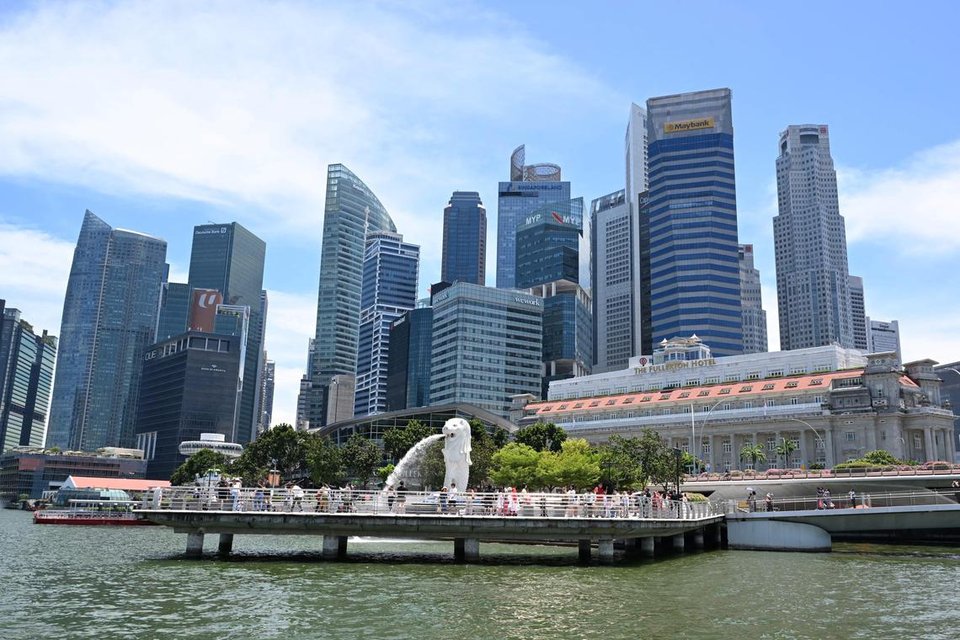Singapore – Singapore, long regarded as the crown jewel of Southeast Asia’s financial migration landscape, is poised to see a significant drop in its net millionaire inflow in 2025. According to the Henley Private Wealth Migration Report 2025, only 1,600 high-net-worth individuals (HNWIs) are expected to move to the city-state—less than half of the 3,500 projected in 2024.
This decline comes amid a record global migration of 142,000 millionaires, with traditional hubs like Singapore, Australia, Canada, and New Zealand experiencing notable slowdowns in net inflows. The shifting dynamics reflect deeper structural changes in Asia’s wealth patterns and growing diversification of safe haven preferences across the region.
The report highlights Bangkok’s ascent as a “rapidly emerging” contender in Southeast Asia. Thailand’s capital is projected to attract 450 millionaires in 2025, bolstered by its expanding financial services sector, high-end real estate market, and reputation for quality international education. For wealthy families from China, Vietnam, and South Korea, Bangkok is gaining ground as a credible alternative to Singapore.
Despite the trend, Singapore continues to offer distinct advantages: political stability, transparent regulations, an advanced banking ecosystem, and competitive tax policies. “In a world where uncertainty seems to be the only constant, Singapore’s predictability is gold,” noted Dr Parag Khanna, founder and CEO of AlphaGeo.
China’s Shifting Wealth Strategy
The report also points to a pivotal change in China, where millionaire outflows are projected to slow. An estimated 7,800 millionaires are expected to leave in 2025—a decrease from previous years. The trend is attributed to improving economic confidence, clearer regulatory direction, and incentives that encourage domestic reinvestment.
Booming hubs such as Shenzhen and Hangzhou, alongside growth in entertainment and hospitality, are helping retain more affluent citizens. Nonetheless, Dr Khanna emphasized that geopolitical caution and mobility desires will continue to fuel outbound diversification.
Hong Kong, meanwhile, is showing a strong reversal. After years of net outflows between 2019 and 2022 driven by political unrest, the city is expected to post a net inflow of 800 millionaires in 2025. Much of this comes from tech executives and high-income individuals relocating from mainland cities, particularly Shenzhen.
Singapore–Hong Kong Dual Strategy
Dominic Volek, Group Head of Private Clients at Henley & Partners, observed that many ultra-high-net-worth (UHNW) Asian families are splitting their strategic bases between Hong Kong and Singapore. The objective: diversify exposure and mitigate risks.
“Singapore offers political neutrality and deep ties to ASEAN growth markets, while Hong Kong grants connectivity to North Asia and access to some of the region’s most liquid capital markets,” he said.
Europe’s ‘Wexit’ and the UAE’s Ascent
Globally, the UK is expected to experience the world’s largest net outflow of millionaires in 2025, with 16,500 projected to leave—many seeking relief from newly imposed tax burdens. Dubbed “Wexit” (wealth exit), the trend marks the first time a European nation has topped global millionaire outflows since tracking began.
The UAE is projected to be the top destination in 2025, drawing in 9,800 millionaires, driven largely by aggressive “golden visa” offerings and its reputation as a low-tax, pro-investor jurisdiction.
For Asia, the shifting tide of millionaire migration underscores a broader strategic realignment. As traditional strongholds reassess their positioning, emerging cities like Bangkok are leveraging regional strengths to attract global wealth—reshaping the geography of private capital in the process.









